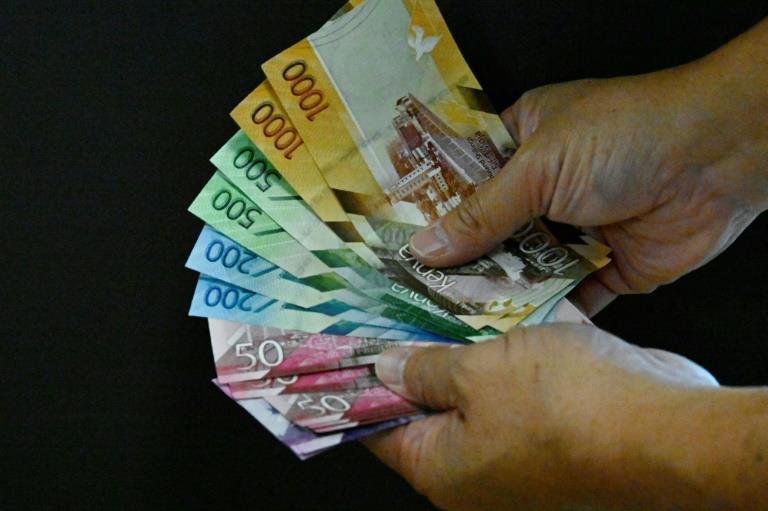Kenya’s Controller of Budget, Dr Margaret Nyakang’o, has raised fresh alarm over the country’s rising public debt, which has now reached Sh11.73 trillion as at June 2025. The warning comes as government spending and heavy borrowing continue to put pressure on the economy, raising serious questions about fiscal discipline and long-term stability.
In her latest National Government Budget Implementation Review Report for the 2024/25 financial year, Dr Nyakang’o explained that Kenya has moved away from its own borrowing plan. According to her, the government had promised to balance borrowing between domestic and external sources, using a 50:50 ratio in line with the 2024 Medium-Term Debt Management Strategy. But in reality, domestic debt now makes up a bigger share.
As at June, domestic debt stood at Sh6.33 trillion, which is 54 per cent of the total, while external debt accounted for Sh5.4 trillion, representing 46 per cent. This shift means that the country is now more exposed to high interest rates in the local market, while also going against the stated plan to reduce risks from currency fluctuations and expensive loans.
Under President William Ruto, who took office in September 2022, Kenya’s total debt has jumped by about Sh3 trillion in only three years. When the new government came in, the debt stock was around Sh8.7 trillion in June 2022. This rapid increase has been linked to aggressive borrowing to fund both government operations and infrastructure projects, especially at a time when revenue collection has not met targets.
The report also revealed the burden of repayment. For the 2024/25 financial year alone, debt servicing consumed Sh1.59 trillion. This means that 91 per cent of the budget allocation for public debt went into repayments. Out of this, interest payments on domestic debt alone stood at Sh678.25 billion, showing how costly it is for the government to rely on local borrowing.
Dr Nyakang’o stressed that this growing pressure is beginning to affect the wider economy, especially private sector activity. She warned that “escalating debt service obligations are limiting cash flows and affecting the operations of business activities, especially Small and Medium Enterprises (SMEs).” Her statement suggests that while government is spending more to pay off debts, less money is available in circulation for businesses to access credit or grow their operations.
Kenya’s public debt issue has been debated for years, but the latest figures show that the country is now at a dangerous turning point. Economists have pointed out that when domestic borrowing becomes too high, it crowds out the private sector. Banks and financial institutions prefer to lend to government because it is seen as safer, leaving fewer options for entrepreneurs and smaller businesses.
The Controller of Budget also drew attention to the risk of external shocks. While domestic borrowing now dominates, the Sh5.4 trillion in external loans is still a big risk, especially since Kenya must repay in foreign currency. A weaker shilling against the US dollar could mean higher repayment costs in the future, adding to pressure on the economy.
President Ruto’s administration has defended its borrowing by saying that loans are being used to fund key development programmes, from roads and energy projects to healthcare and education. However, critics argue that without proper revenue collection reforms and stronger discipline, the country could find itself stuck in a debt trap, spending more on repayments than on services to citizens.
For ordinary Kenyans, the impact is already being felt through higher taxes, inflation and the cost of living. Businesses, especially SMEs, are struggling to access affordable credit, while households face reduced disposable income due to increased levies introduced to boost government revenues.
As the debate continues, analysts believe that Kenya must urgently reconsider its debt strategy. A stronger focus on external concessional loans with lower interest rates, combined with better revenue mobilisation and reduced wastage in government spending, has been recommended.
The Controller of Budget’s report has now placed the issue back on the national agenda. Whether government will respond with firm measures remains to be seen. For now, the message is clear: Kenya’s debt is rising too fast, and without decisive action, the country risks undermining its economic future.
